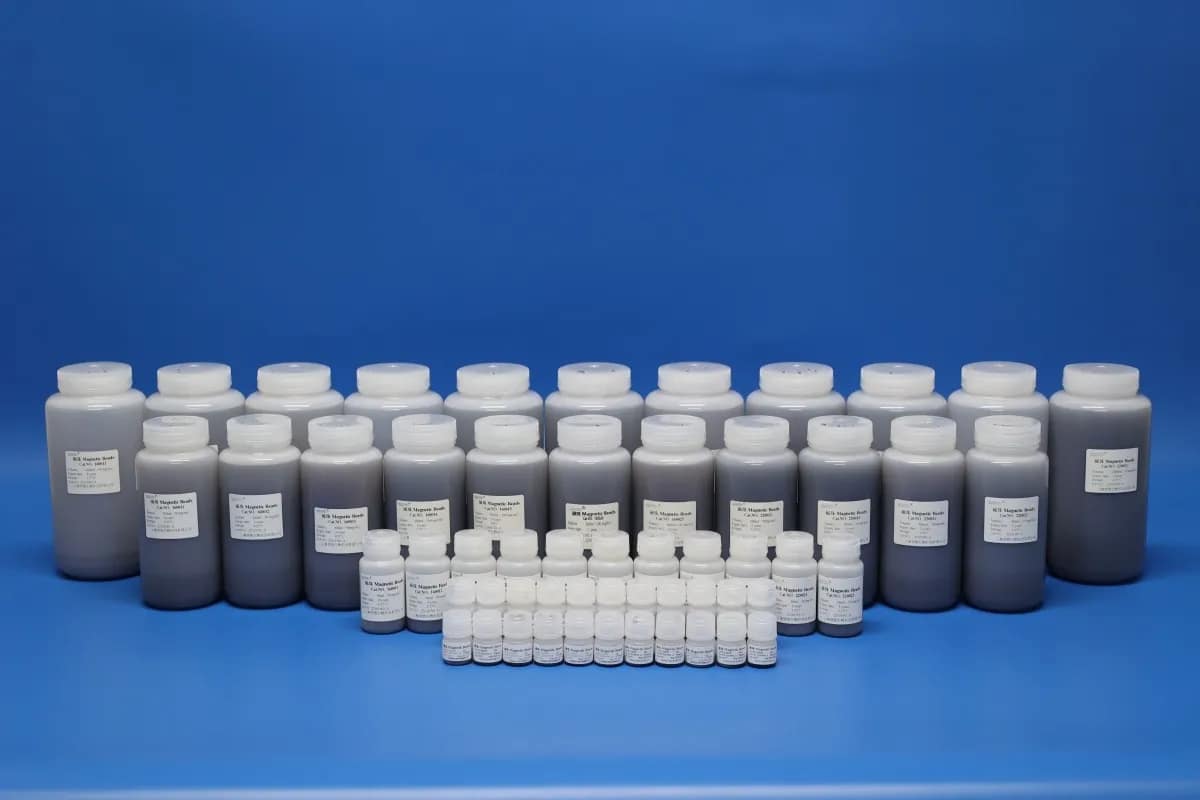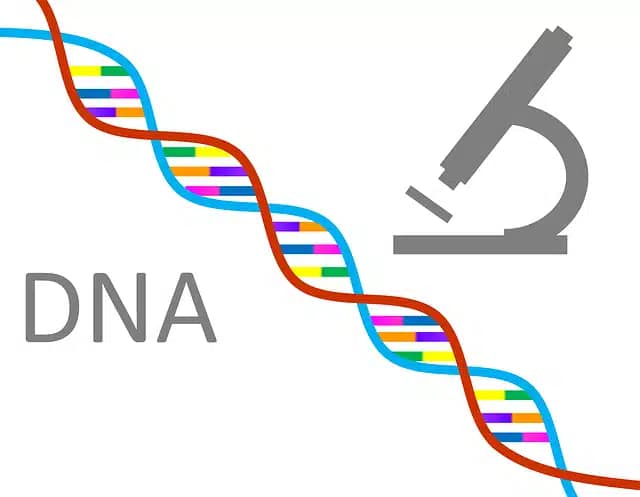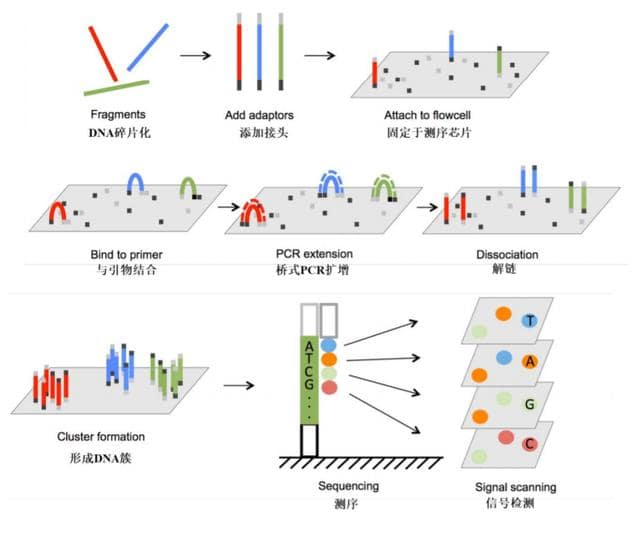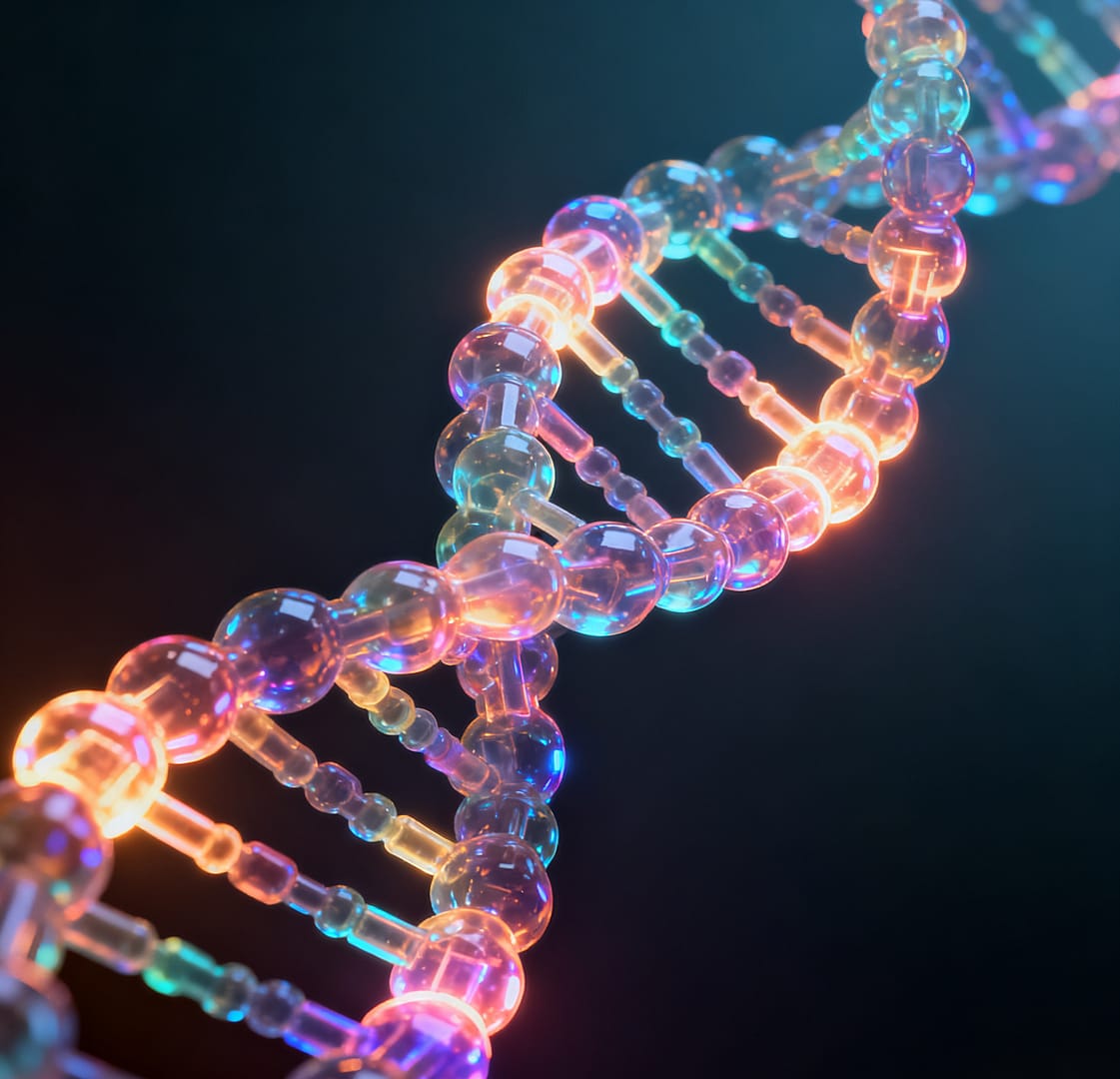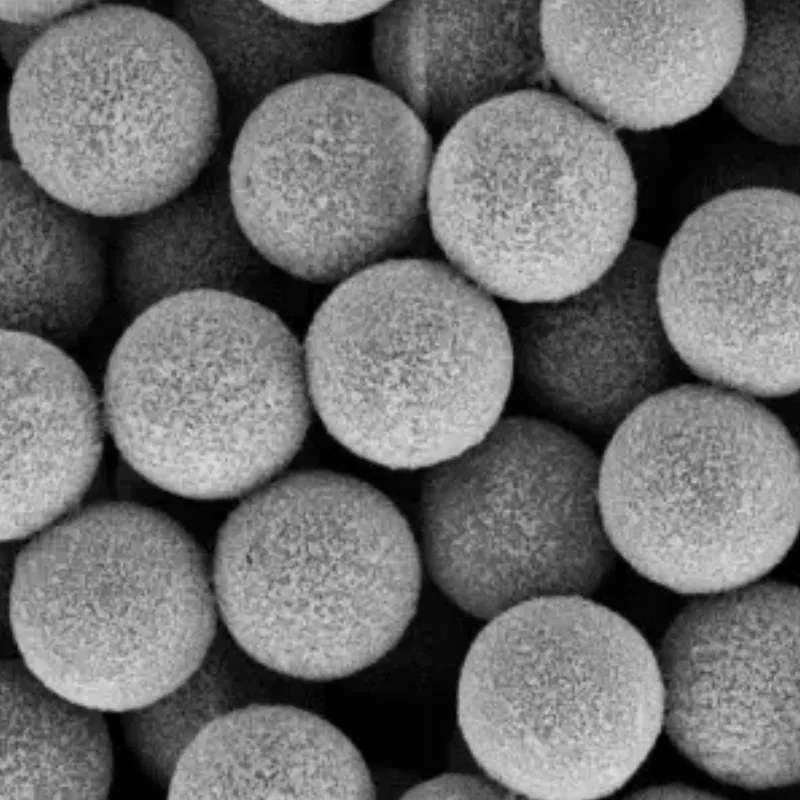Professional Manufacturer of Biomagnetic Beads

What should be paid attention to in the magnetic bead method of blood RNA extraction?
Precautions for Magnetic Bead-Based Blood RNA Extraction
1. Sample Collection and Handling
1.1 Anticoagulant Selection
Preferred: EDTA,inhibits calcium-dependent nucleases.
Acceptable: ACD
Avoid: Heparin (inhibits downstream applications)
1.2 Processing Timeline
Process samples immediately after collection
If delayed:
Store anticoagulated whole blood at 4°C for ≤24 h
For long-term storage: Freeze PBMCs or lysate at ≤-70°C
1.3 Sample Volume
Strictly follow manufacturer-recommended volumes
1.4 Mixing Technique
Use gentle pipetting/vortexing to prevent RNA degradation
1.5 Erythrocyte Removal
Ensure complete RBC lysis and removal of hemoglobin residues
2. Lysis Phase
2.1 Cell Lysis
Homogenize until no cell aggregates remain
Adhere to specified incubation time/temperature
2.2 RNase Inhibition
Use fresh lysis buffer containing denaturants (e.g., guanidinium salts)
Maintain samples on ice during processing
2.3 Carrier RNA
Add carrier molecules (e.g., glycogen) for low-yield samples when specified
3. Magnetic Bead Binding and Washing
3.1 Bead-Nucleic Acid Binding
Critical step: Vortex ≥30 sec immediately after adding beads
Incubate for exact duration per protocol
3.2 Magnetic Separation
Place tubes in magnetic stand for ≥2 min until solution clears
Aspirate supernatant without contacting bead pellet
3.3 Washing Procedure
Use freshly prepared ethanol-based wash buffers
Wash 1: Remove salts and contaminants
Wash 2 (optional): Kit-specific buffer for purity enhancement
Final wash: Ensure complete ethanol removal (air-dry beads 2-5 min)
4. Elution Phase
4.1 Elution Conditions
Use nuclease-free water or TE buffer (pH 8.0)
Incubate at 55–65°C for 5 min with periodic mixing
4.2 RNA Recovery
Perform final magnetic separation
Transfer supernatant to new RNase-free tube
5. Quality Control and Storage
5.1 Purity Assessment
A<sub>260/280</sub>: 1.8–2.1
A<sub>260/230</sub>: >2.0
5.2 Integrity Verification
Electrophoresis: Distinct 28S/18S rRNA bands (2:1 ratio)
RIN (RNA Integrity Number): ≥7 for most applications
5.3 gDNA Contamination Check
Include DNase digestion step if required for downstream assays
5.4 Storage
Aliquot RNA
Store at –80°C; avoid >3 freeze-thaw cycles
Critical Reminders
EDTA tubes are essential for nuclease inhibition
Immediate processing prevents RNA degradation
Complete ethanol removal is mandatory before elution
RNase-free environment: Gloves, barrier tips, and decontaminated surfaces
Validate kit compatibility with sample type (e.g., heparinized blood requires specialized kits)
Supplier
Shanghai Lingjun Biotechnology Co., Ltd. was established in 2016 which is a professional manufacturer of biomagnetic materials and nucleic acid extraction reagents.
We have rich experience in nucleic acid extraction and purification, protein purification, cell separation, chemiluminescence, and other technical fields.
Our products are widely used in many fields, such as medical testing, genetic testing, university research, genetic breeding, and so on. We not only provide products but also can undertake OEM, ODM, and other needs. If you have a related need, please feel free to contact us .


